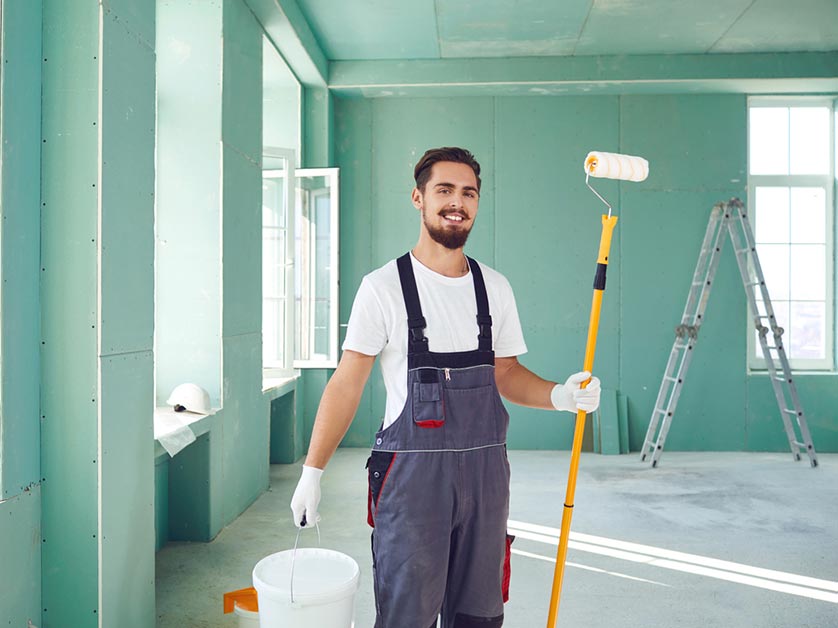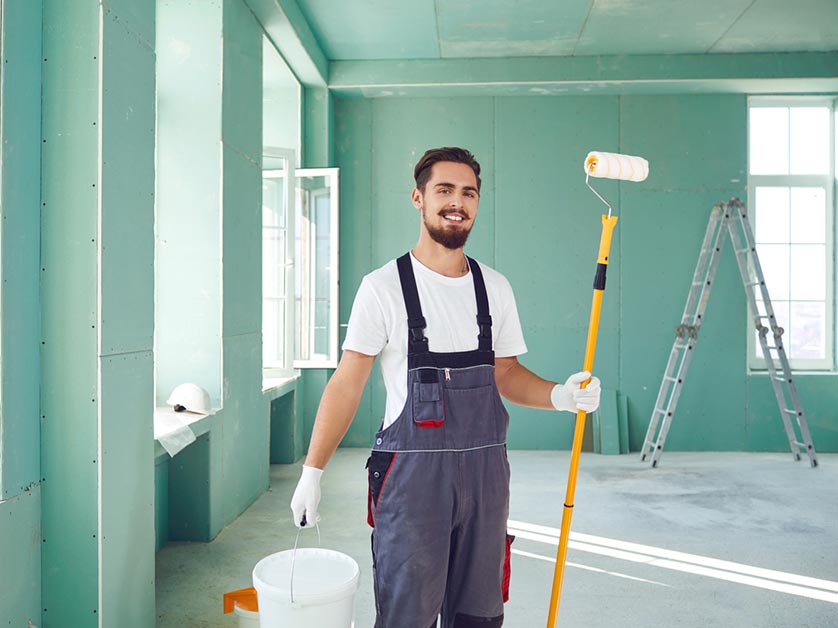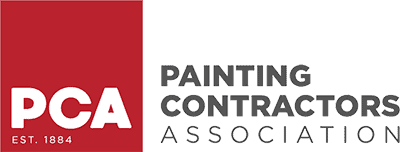When it comes to achieving a flawless finish on your painting project, the secret lies not just in the stroke of the brush or the quality of the paint, but in the meticulous preparation of the surface. At Seaside Coatings, we understand that to deliver the vibrant, lasting results our clients love, skipping prep steps is not an option. In today’s post, professional painting contractor Seaside Coatings shares the critical steps good painters never overlook to prepare a surface before it meets the brush.

1. The Importance of Thorough Cleaning
Before any color touches the wall, a thorough cleaning is imperative. Over time, walls accumulate dust, dirt and grime that can interfere with the paint’s complete adherence. Inside your home, this means dusting surfaces from top to bottom, paying special attention to corners and ledges. A mild detergent and warm water can tackle most indoor wall cleanings, especially in kitchen areas where grease and smoke leave their mark.
Exterior surfaces face their own challenges with environmental dirt, mildew and mold. Power washing is a fundamental step in the exterior painting process, ensuring not just cleanliness but also the removal of peeling paint and other residues that could compromise the new coat’s integrity.
2. Addressing Mold and Mildew
Humid climates can encourage the growth of mold and mildew on both interior and exterior surfaces. Painting over these issues is never a solution; it’s simply a temporary cover-up that risks the health of your home’s inhabitants and the durability of the paint job. Using a solution of either bleach and water or vinegar and water, depending on the severity, can effectively kill and remove these unwanted guests before painting begins.
3. The Role of Sanding
Sanding is a critical step for achieving a smooth base, essential for both aesthetic appeal and practical adherence. Even surfaces that appear smooth can benefit from a light sanding to create a texture that paint can grip more effectively. Whether dealing with minor scratches or evening out patched areas, sanding is a step that cannot be skipped if you’re aiming for perfection.
4. Protecting Surfaces and Fixtures
An often-underestimated part of preparation, proper protection of surfaces not being painted, is vital. This means moving furniture, covering floors with drop cloths and applying painter’s tape around windows, doors, and trim. The effort put into protecting your belongings and non-painted surfaces can significantly impact the clean lines and professional appearance of your final paint job.
5. Patching and Priming: The Foundations of a Great Finish
Flaws in walls, such as nail holes, cracks and other imperfections, can detract from the smoothness and uniformity of your finished walls. Using a patching compound to fill these imperfections ensures a seamless surface ready for paint. Priming is just as crucial—acting as the intermediary layer that ensures your paint will adhere properly and enhance its true color. For certain projects, especially where stains or significant color changes are involved, priming cannot be overlooked.
6. Final Checks Before Painting
With cleaning, sanding, patching and priming out of the way, a final review of the surface is important. Ensuring the primer is evenly applied and the surface is as smooth as anticipated sets the stage for the main event: painting. This is also the perfect time to double-check that all furniture and non-painted surfaces are adequately protected.
If you need the best painters in the neighborhood, you can always count on us at Seaside Coatings. Call (239) 266-8344 or fill out this contact form to reach us.











